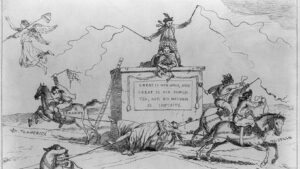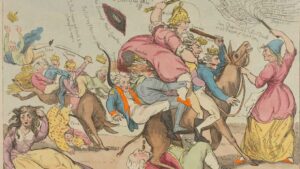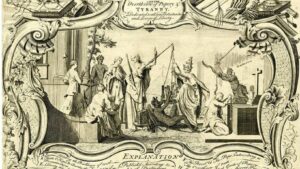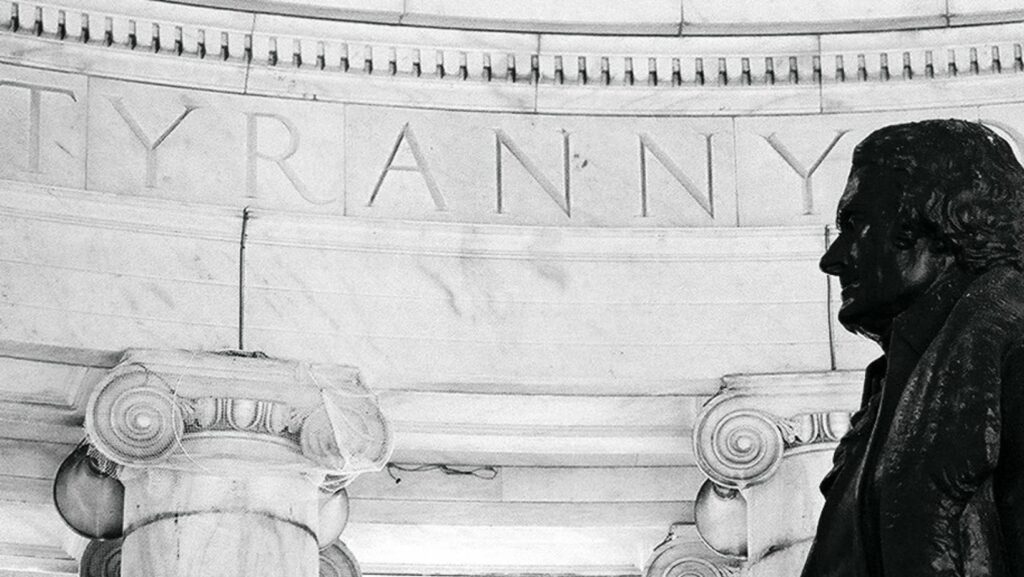In a world where art often serves as a reflection of society, the concept of “drawing tyranny” emerges as a powerful tool for expression and resistance. Artists have long used their craft to critique oppressive regimes, challenge authority, and inspire change. Through the strokes of a pen or the sweep of a brush, they capture the essence of tyranny, revealing its impact on individuals and communities.
This artistic endeavor transcends mere illustration, becoming a form of activism that breaks barriers with audiences worldwide. By depicting the harsh realities of authoritarian rule, artists document history and ignite conversations about freedom and justice. As they navigate the delicate balance between creativity and censorship, these visionaries remind us of art’s profound ability to confront and question power.
In exploring the intersection of art and politics, Drawing:f0mylgcx23i= Tyranny underscores the importance of creative expression as a catalyst for societal transformation.
Drawing:f0mylgcx23i= Tyranny

Drawing tyranny encapsulates artists’ expressions that confront and critique oppressive systems. These artworks expose the injustices and abuses by authoritarian regimes. Artists face immense challenges, including censorship, while depicting the reality of tyranny through drawings. By highlighting the disparities between the governed and the governing, they shed light on the struggle for freedom and justice. Each creation of drawing tyranny serves as a catalyst for dialogue, encouraging society to question and oppose oppressive forces. This genre of art is integral in preserving the historical narrative, ensuring future generations understand the impact of authoritarianism. Individuals witnessing drawing tyranny often feel empowered to push for change. Through this unique form of expression, artists contribute significantly to societal transformation and raise awareness of pressing social issues.
Historical Context

Throughout history, “drawing tyranny” has played a crucial role in shining a light on oppressive regimes. During the Enlightenment period in the 18th century, artists used illustrations to question absolutist monarchies, using stylized images to communicate dissent and call for reform. Similarly, in the 20th century, the rise of totalitarian regimes in Europe led artists to depict the brutal realities of fascism and communism. These drawings challenged authoritarian control and inspired collective action.
In the post-colonial era, “drawing tyranny” emerged as a powerful tool in Africa and Asia to confront neocolonial influences. Artists spotlighted the ongoing struggles against foreign dominance and exploitation through evocative imagery. Additionally, during the civil rights movements of the 1960s, artworks became emblematic of resistance and calls for equality, critiquing systemic racism and societal flaws.
This historical narrative underscores the persistent use of creative expression to document and oppose tyranny across different eras and regions.
Impact On Art And Artists

Drawing tyranny influences artists by pushing creative boundaries and challenging censorship. This form of expression allows artists to defy oppressive regimes through powerful visual statements. They often face significant risks, including persecution and exile, which highlights the stakes involved in their work. Many artists channel their experiences into evocative imagery that stands as a testament to the human spirit’s resilience.
Art created under drawing tyranny serves as a voice for the voiceless by representing those who suffer under authoritarian rule. This art form becomes a historical record, preserving the stories of those who resist tyranny. Artists employing these techniques foster global awareness about the struggles within repressive environments. Their bravery in expressing dissent sparks international discourse, encouraging solidarity. Drawing tyranny thus shapes the artistic landscape by inspiring change and promoting freedom through visual narratives.
Drawing:f0mylgcx23i= Tyranny In Modern Times
Drawing tyranny remains a potent force in today’s world where authoritarianism persists in various forms. Artists continue to harness this powerful medium to challenge oppressive systems and inspire change. Through their work they confront censorship and risk personal safety to amplify the voices of the marginalized. This form of artistic expression not only documents current struggles but also serves as a catalyst for global dialogue and solidarity. By shedding light on injustices and sparking critical conversations artists play a crucial role in advocating for freedom and justice. Their bravery and creativity ensure that the fight against tyranny remains visible and impactful.

